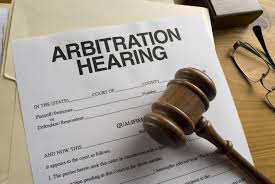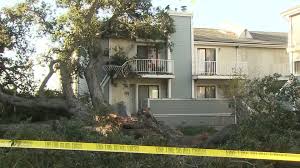 With the prevalent use of the internet, grievances against cooperative and condominium boards can spread like wildfire. The means used may be standard e-mail forwarded to all unit owners, a specifically developed Facebook or Google chat page, a publically accessible website, or another type of private intranet system. The New York Times recently published an article concerning the airing of disagreements online with an audience of all unit owners and the implications. In the past, if a neighbor had a complaint, she would approach one of the board members individually and directly, so that all unit owners would not be aware of the grievance. As an alternative, it is almost expected that a unit owner will raise concerns loudly and perhaps not so politely during the annual meeting. Such concerns will be addressed in front of all unit owners present.
With the prevalent use of the internet, grievances against cooperative and condominium boards can spread like wildfire. The means used may be standard e-mail forwarded to all unit owners, a specifically developed Facebook or Google chat page, a publically accessible website, or another type of private intranet system. The New York Times recently published an article concerning the airing of disagreements online with an audience of all unit owners and the implications. In the past, if a neighbor had a complaint, she would approach one of the board members individually and directly, so that all unit owners would not be aware of the grievance. As an alternative, it is almost expected that a unit owner will raise concerns loudly and perhaps not so politely during the annual meeting. Such concerns will be addressed in front of all unit owners present.
Now it is not uncommon for unit owners to have a day-to-day online community, allowing for constant communication of all matters. Online discussions may concern such matters as whether a neighbor is willing to watch a pet while someone is away, whether someone wants to buy unneeded furniture or more serious matters concerning how the building is being run. The board may be publically attacked for building conditions or for the manner in which a financial transaction was handled. Modern online communities make it almost too easy for unhappy unit owners to gather strength. Some proponents argue that such an online community encourages transparency of the board. The board is continually required to state and justify their actions. Even though the board is legally required to be responsive to all unit owners and must follow the business judgment rule , the current expectation that every action of the board should be known and debated among all unit owners is likely to diminish the authority of a current board.
With the potential reduced authority of a board, the takeover of a board is a potential concern. Opponents of such online communities argue that such communities are developed merely for the purpose of such a takeover. Using the online method as an easily disseminated platform, it is easier than ever for dissident groups to develop allies and arrange for other unit owners to elect them to the board. Once opinions are readily shared, the slate of dissident candidates likewise develops more easily than in the past.




 A recent series of
A recent series of 

 As many of us know, insurance carriers are most profitable when they collect premiums and resist paying claims. Some of
As many of us know, insurance carriers are most profitable when they collect premiums and resist paying claims. Some of 
 As stated in a
As stated in a Pope Francis’ first visit to the United States has managed to inspire numerous people. Yesterday’s speech before Congress mesmerized all of those in attendance, regardless of their religious or political affiliation. The Pope’s message has been unifying to all witnesses, which is why many people have been so excited by his visit, even though many of us are not Catholic and may not agree with his specific positions.
Pope Francis’ first visit to the United States has managed to inspire numerous people. Yesterday’s speech before Congress mesmerized all of those in attendance, regardless of their religious or political affiliation. The Pope’s message has been unifying to all witnesses, which is why many people have been so excited by his visit, even though many of us are not Catholic and may not agree with his specific positions. The political season is well under way. Given that our country’s next presidential election is about 14 months away, we see more and more politicians gearing up for a run for our nation’s highest office. Another well-worn aspect of such political events is the use of a popular song by the politician during a rally.
The political season is well under way. Given that our country’s next presidential election is about 14 months away, we see more and more politicians gearing up for a run for our nation’s highest office. Another well-worn aspect of such political events is the use of a popular song by the politician during a rally.